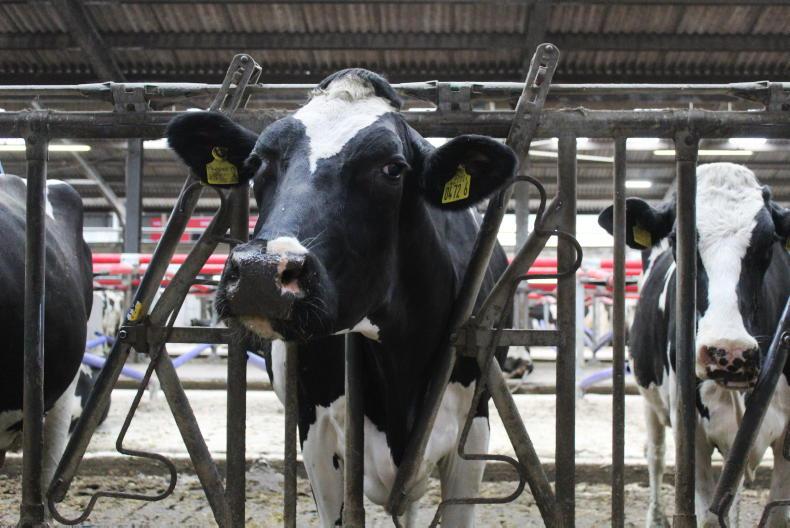The large turnout of farmers at the recent AgriSearch conference on high output dairy systems highlighted that there is a lot of interest in the system.
It is a model that is increasingly being followed in NI, with more herds either full-time housed or only partially grazing a relatively small group of cows.
That does create some environmental pressures around excess phosphorus leaking into rivers and lakes, as well as ammonia emissions from livestock housing, and neither of these issues were tackled at the conference. There are solutions, but they come at relatively high cost.
But irrespective of these environmental challenges, it is fair to ask why more farmers are heading this route and locking themselves into systems that require fine attention to detail, expensive feeding equipment and a nutritionist constantly on hand.
Advocate
Some who might advocate for a high input, high output model have a vested interest, whether it is in processing more milk, selling feed, equipment, semen or stock bulls. Their advice is not independent.
But there is also a certain level of peer pressure within the farming community, where success is measured by the number of cows being milked, the litres being produced per cow or the number of 4WD tractors in the yard. At present, there is good money to be made, however, it is well deserved given the hours many dairy farmers work.
Of course, there are farmers out there who are happy to put in long hours, but just because you have found a system that suits your farm and your outlook on life, does not mean it is right for someone else.
And as an industry, perhaps we need to re-evaluate what “good” looks like. Is it dependent on the number of cows being milked or on the fact someone has a simple system in place that allows them to take time away from the farm.










SHARING OPTIONS